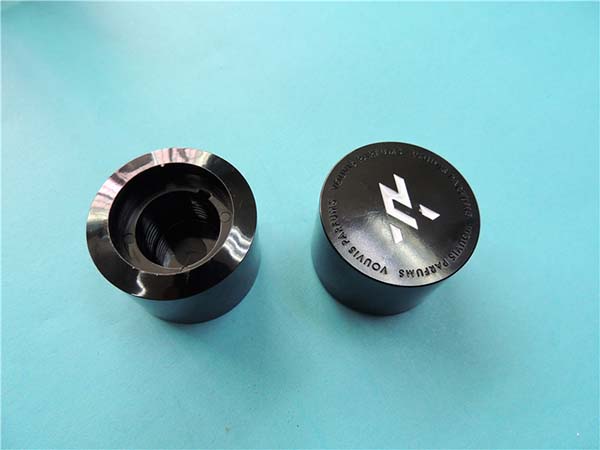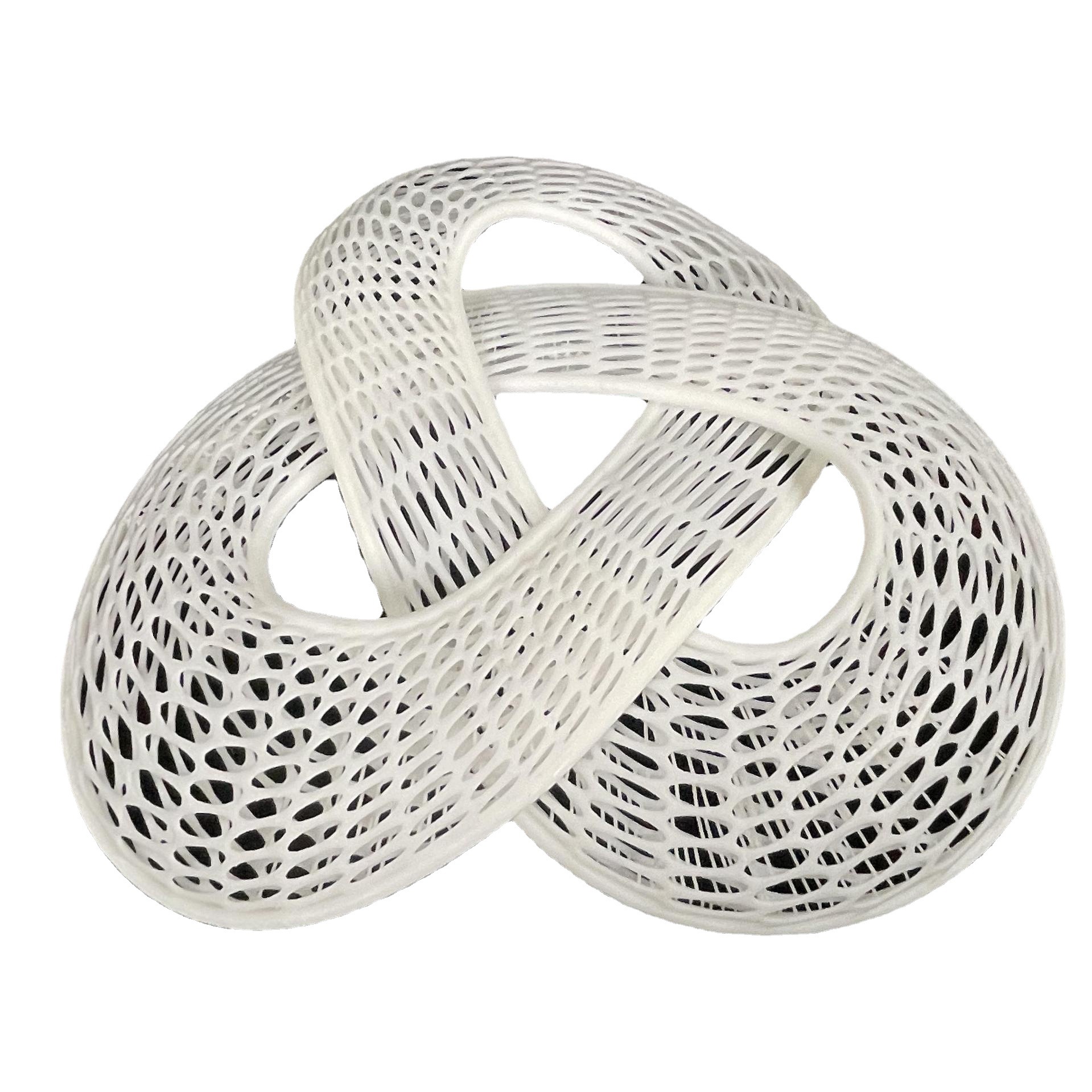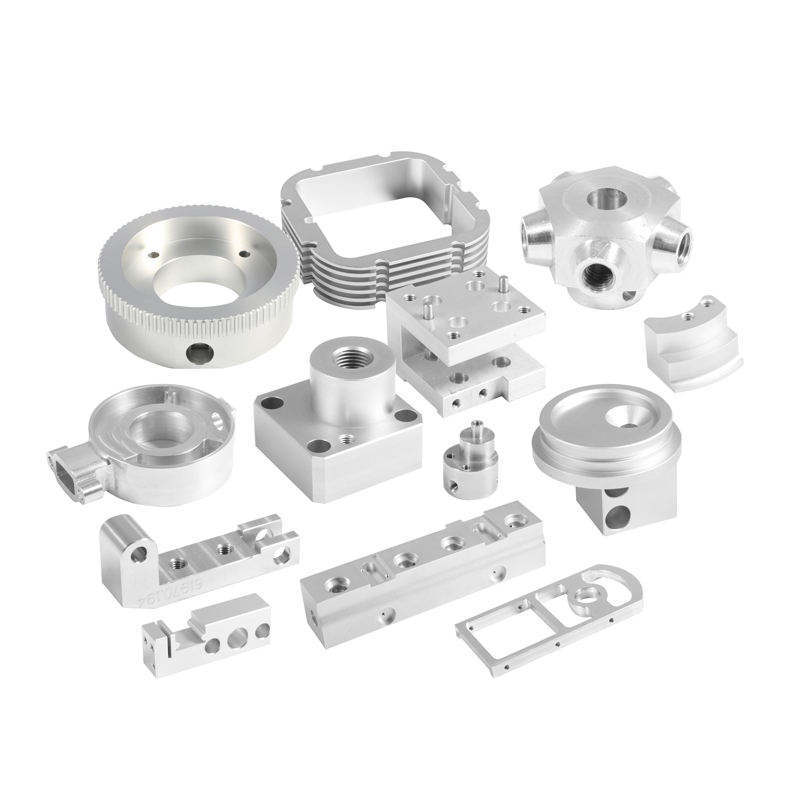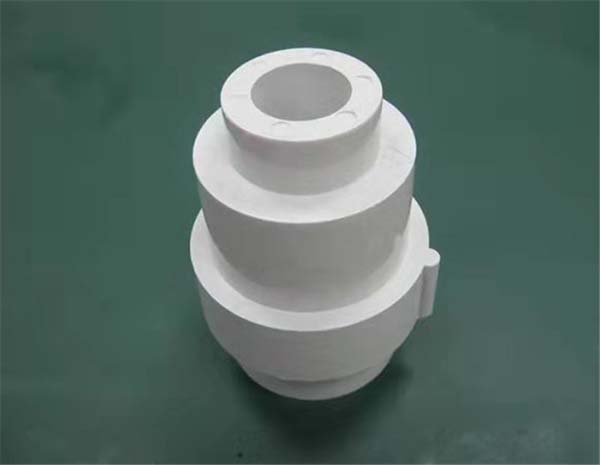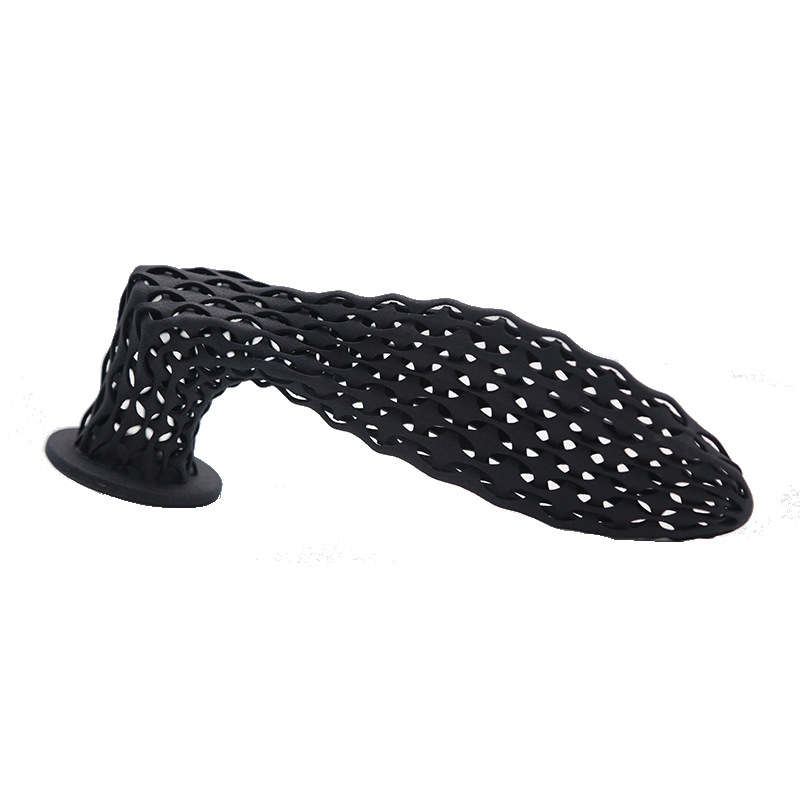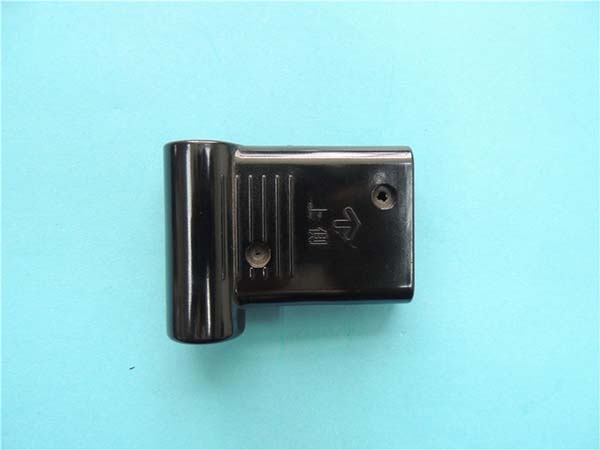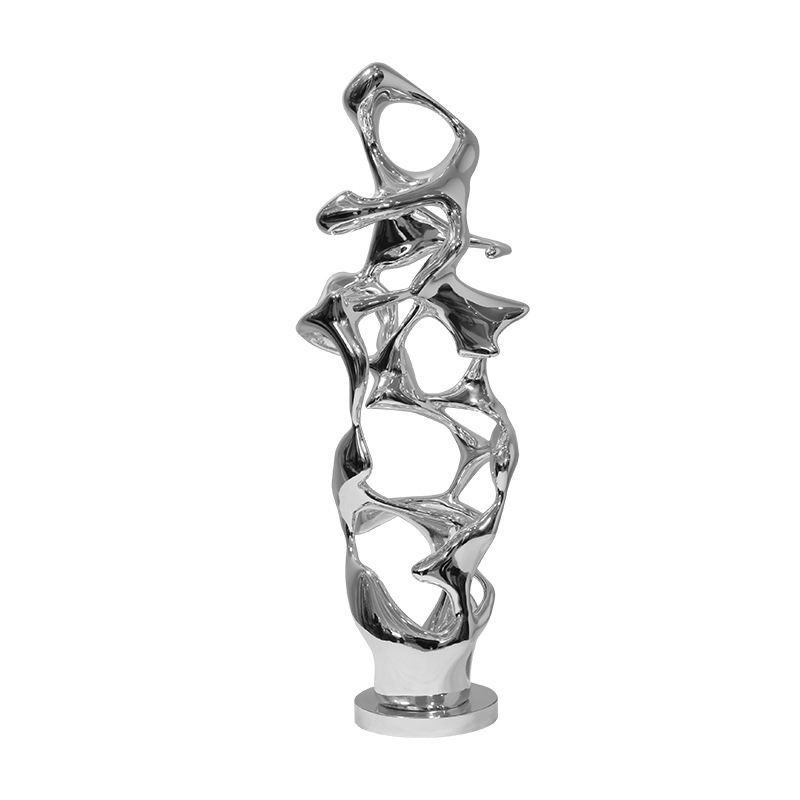Understanding 3D Printing
Before we start looking for a 3D printing place near you, it's essential to understand what 3D printing is. 3D printing, also known as additive manufacturing, is a revolutionary technology that creates three - dimensional objects from a digital model.
The basic principle is quite simple. Instead of subtracting materials like traditional manufacturing methods (such as cutting, drilling), 3D printing builds objects layer by layer. First, a 3D model is created using computer - aided design (CAD) software or by scanning an existing object. This digital model is then sliced into thin cross - sections by the 3D printing software.
The 3D printer reads these sliced files and starts depositing materials, one layer at a time. These materials can be plastic, metal, ceramic, or even biological materials in some advanced applications. For example, in a fused deposition modeling (FDM) 3D printer, which is one of the most common types for hobbyists and small - scale production, a spool of thermoplastic filament is melted and extruded through a nozzle. The nozzle moves according to the instructions from the sliced file, depositing the melted plastic in the right place to form each layer. As layer upon layer is added, the 3D object gradually takes shape until it is fully formed.
3D printing has a wide range of applications. In the manufacturing industry, it can be used to create prototypes quickly, reducing the time and cost of product development. In healthcare, 3D - printed prosthetics and anatomical models are becoming more and more common. Artists also use 3D printing to bring their unique and complex designs to life. Understanding these fundamentals will help you better utilize the services of a 3D printing place near you.
Importance of Finding a Nearby 3D Printing Place
Finding a 3D printing place near you can bring several significant advantages.
Time - Saving
Time is a precious resource, especially when you are in a hurry to get your 3D - printed items. If you choose a far - away 3D printing service, the transportation time for sending the digital files, picking up the finished products, or getting samples back for review can be quite long. For instance, if you are working on a time - sensitive project like a last - minute product prototype for an upcoming exhibition, every day counts. A nearby 3D printing place can significantly reduce this waiting time. You can drop off your digital files in person, discuss any details face - to - face, and get the printed item in your hands much faster.
Cost - Effective
Transportation costs can add up, especially if you need to ship large or multiple 3D - printed items frequently. Shipping fees, packaging materials, and potential insurance costs for valuable prints can make the overall expense of using a distant 3D printing service much higher. In contrast, a local 3D printing place allows you to avoid these extra shipping charges. You can simply pick up the printed objects by yourself, which not only saves money but also gives you more control over the handling of your items, reducing the risk of damage during transit.
Easy Communication and Modification
Good communication is crucial for a successful 3D printing project. When the 3D printing place is near you, it's much easier to have in - person conversations. You can show the staff your digital models directly, point out specific details, and discuss any design changes or requirements. This face - to - face interaction can prevent misunderstandings that may occur during online communication. Moreover, if there are any issues with the printed product, such as incorrect dimensions or surface quality, you can quickly return to the printing place to have it corrected. The printer can make adjustments based on your feedback immediately, rather than waiting for days for communication back - and - forth through emails or phone calls when dealing with a far - away service.
How to Search for a 3D Printing Place Near You
Now that you understand the importance of finding a nearby 3D printing place, let's explore some effective ways to locate one.
Online Search
The most straightforward method is to use search engines like Google, Bing, or DuckDuckGo. Enter relevant keywords such as "3D printing place near me", "local 3D printing services", "nearby 3D printer shops", or add your specific location, e.g., "3D printing in [your city]". For example, if you live in New York, typing "3D printing in New York" will yield a list of local 3D printing services.
Map applications are also very useful. Apps like Google Maps, Apple Maps, and Baidu Maps (in some regions) allow you to search for "3D printing" in the search bar. These apps will show you the locations of nearby 3D printing places on the map, along with user reviews, ratings, and contact information. You can also filter the results by distance, popularity, or price if available.
Local Business Directories
Local business directories, both online and offline, can be a great resource. Websites like Yelp, Yellow Pages, and Angie's List often list 3D printing services in your area. These directories usually provide detailed business information, including customer reviews, which can give you an idea of the quality of service and the types of 3D printing they offer. For example, on Yelp, you can read real - customer experiences about the print quality, customer service, and pricing of different 3D printing places. However, the information might not always be up - to - date, and some smaller, independent 3D printing studios may not be listed.
Asking for Recommendations
Don't underestimate the power of word - of - mouth. Reach out to your friends, colleagues, classmates, or anyone in your social or professional network who might have experience with 3D printing. They can offer first - hand recommendations based on their own experiences. If you're in a design, engineering, or manufacturing field, industry - related forums, groups, or events are also great places to ask. People in these communities are often happy to share their knowledge and recommend reliable 3D printing places they've used. For instance, if you're a member of a local makerspace, the members there can give you insider tips on the best local 3D printing services.
Yigu Technology's Viewpoint
As a non - standard plastic metal products custom Supplier, Yigu Technology firmly believes that 3D printing, especially when it's locally accessible, can significantly enhance the efficiency and innovation of product development. A nearby 3D printing place enables faster iteration of prototypes, reducing the time - to - market for new products. We encourage collaboration between 3D printing service providers and manufacturing suppliers like us. By working together, we can combine our expertise in materials and manufacturing processes with the flexibility of 3D printing technology. This synergy can lead to the creation of more innovative and cost - effective solutions for our customers.
FAQ
Q1: How much does 3D printing usually cost?
The cost of 3D printing varies widely. It depends on factors like the complexity of the model, the material used, and the size of the object. For simple small - scale models printed with common materials like PLA, it could cost as low as a few dollars. However, if you're using expensive materials such as certain types of metal powders or high - performance plastics, or if the model has intricate details and a large volume, the cost can be hundreds or even thousands of dollars.
Q2: What materials can be used for 3D printing?
There are numerous materials available for 3D printing. Some of the most common ones include PLA (Polylactic Acid), which is a biodegradable plastic, often used for hobbyist projects and simple prototypes due to its ease of use and relatively low cost. ABS (Acrylonitrile Butadiene Styrene) is another popular plastic, known for its strength and heat resistance, suitable for more durable parts. Metal powders like aluminum, titanium, and stainless steel are used in industrial 3D printing for high - strength components. Additionally, there are materials like resin for high - detail and smooth - surface prints, and even specialized materials such as conductive filaments for electronics - related 3D printing.
Q3: How long does it take to complete a 3D printing project?
The time to complete a 3D printing project depends on multiple aspects. Small, simple models can be printed within an hour or two. Larger and more complex models, especially those with high - resolution requirements and detailed features, can take several hours or even days. The performance of the 3D printer also plays a crucial role. Faster, more advanced printers can reduce the printing time significantly compared to basic models. For example, a small keychain - sized 3D - printed object might be ready in 30 minutes on a fast - paced consumer - grade printer, while a large, detailed architectural model could take 48 hours on a standard industrial printer.
